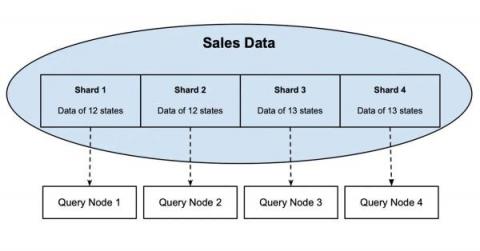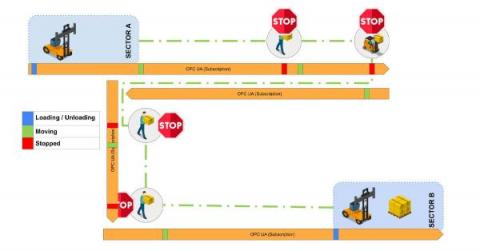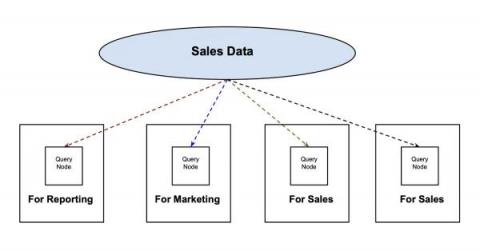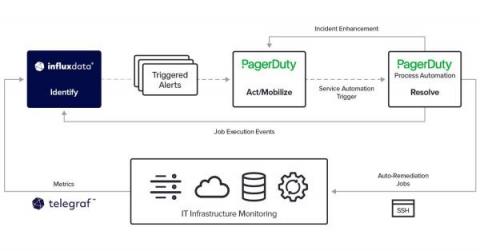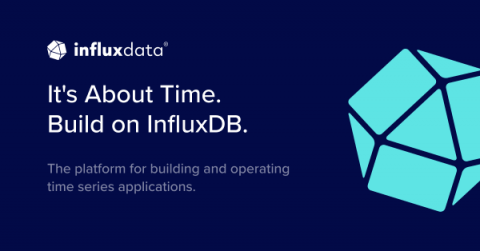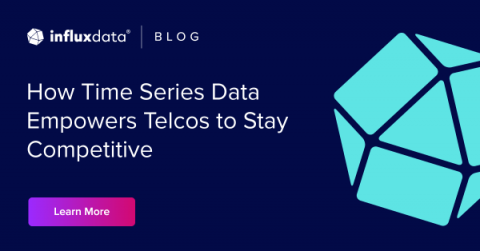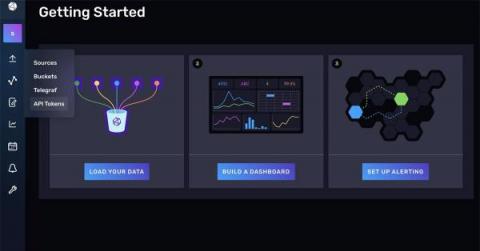Partitioning for Performance in a Sharding Database System
Partitioning can provide a number of benefits to a sharding system, including faster query execution. Let’s see how it works. In a previous post, I described a sharding system to scale throughput and performance for query and ingest workloads. In this post, I will introduce another common technique, partitioning, that provides further advantages in performance and management for a sharding database.


